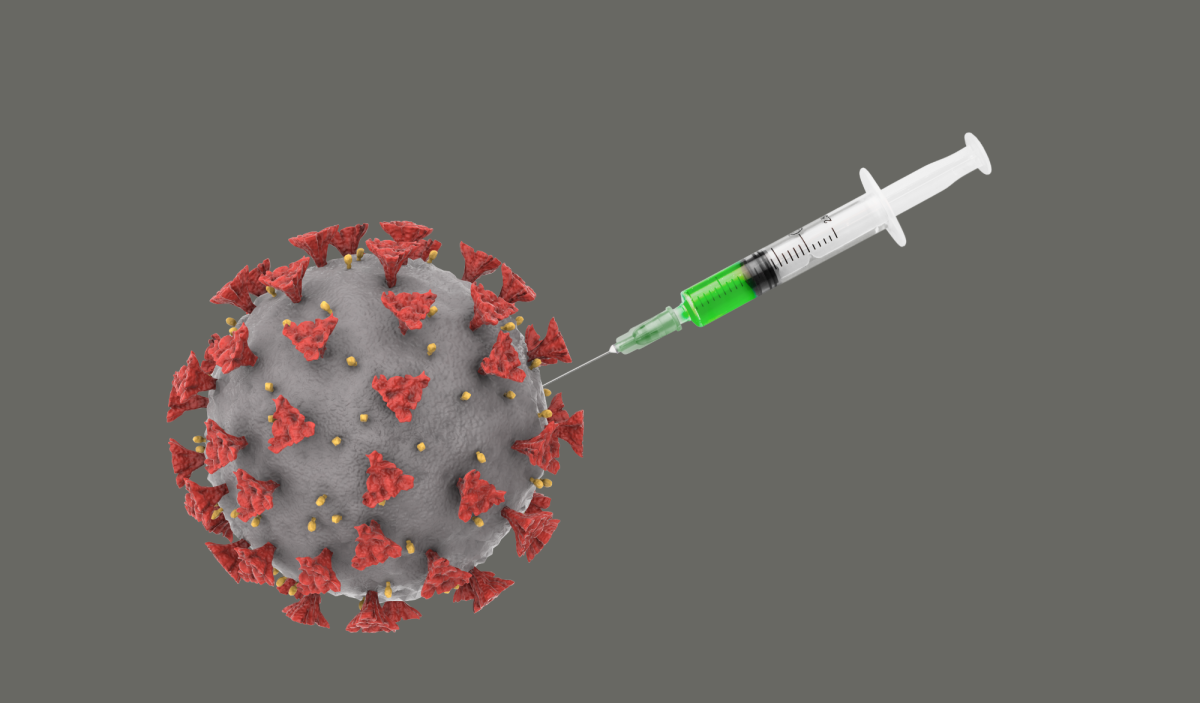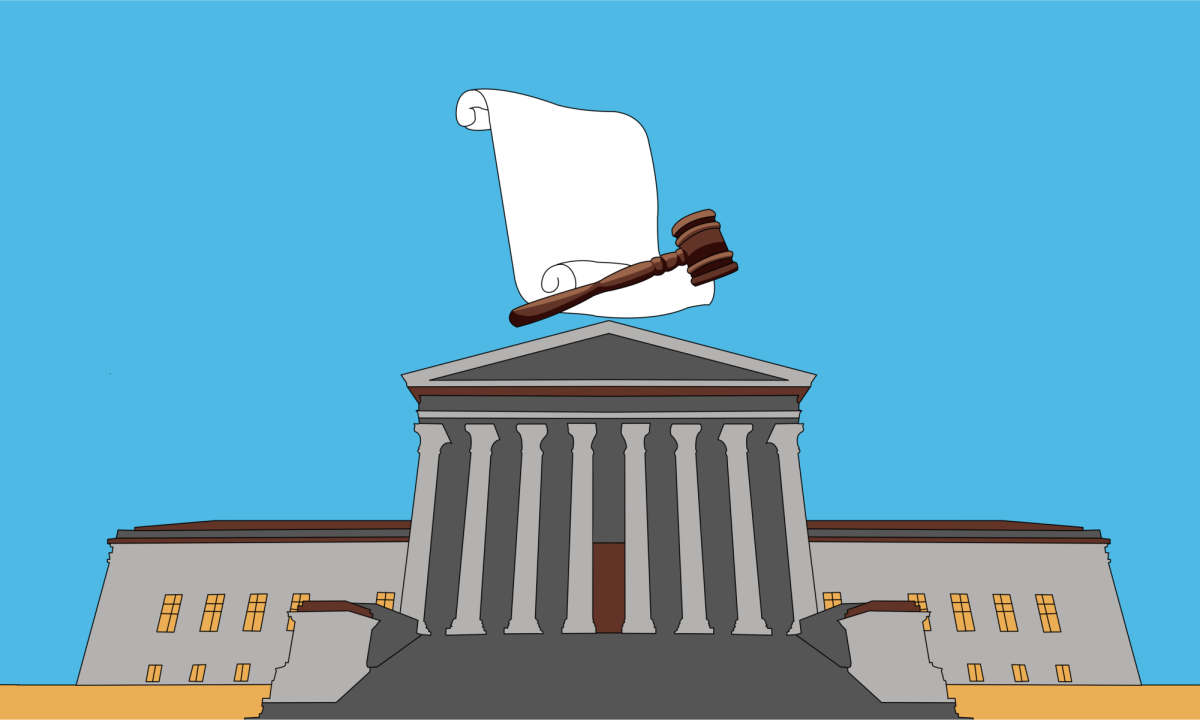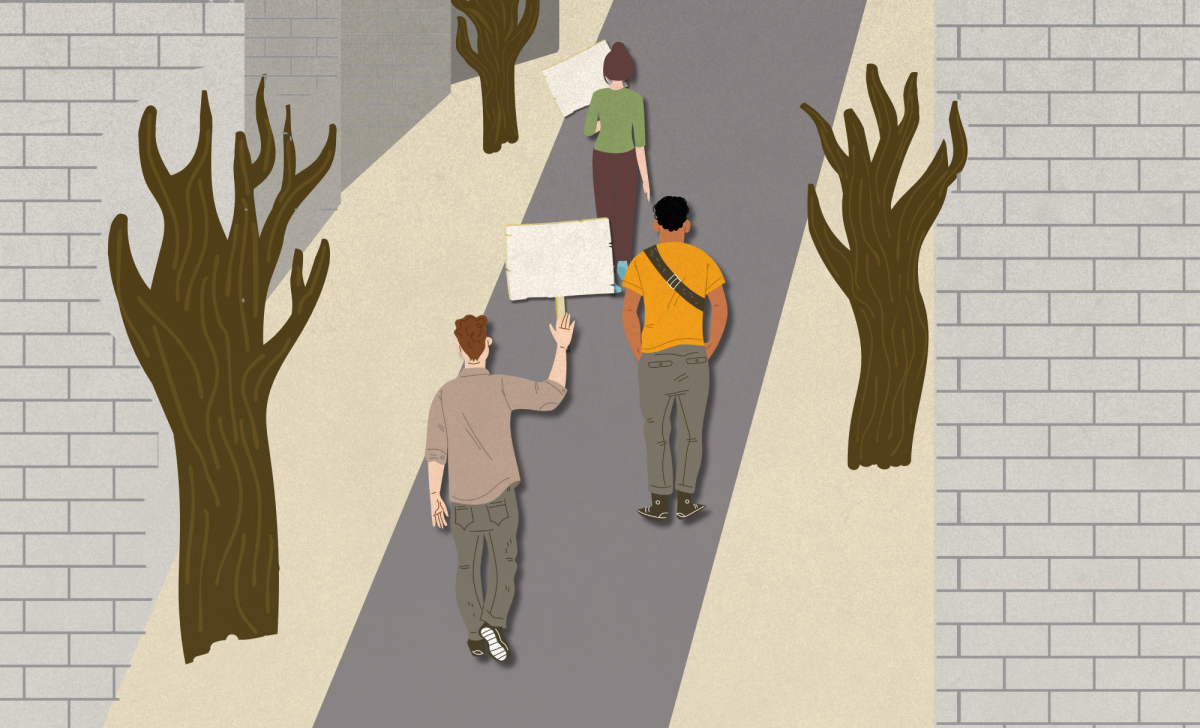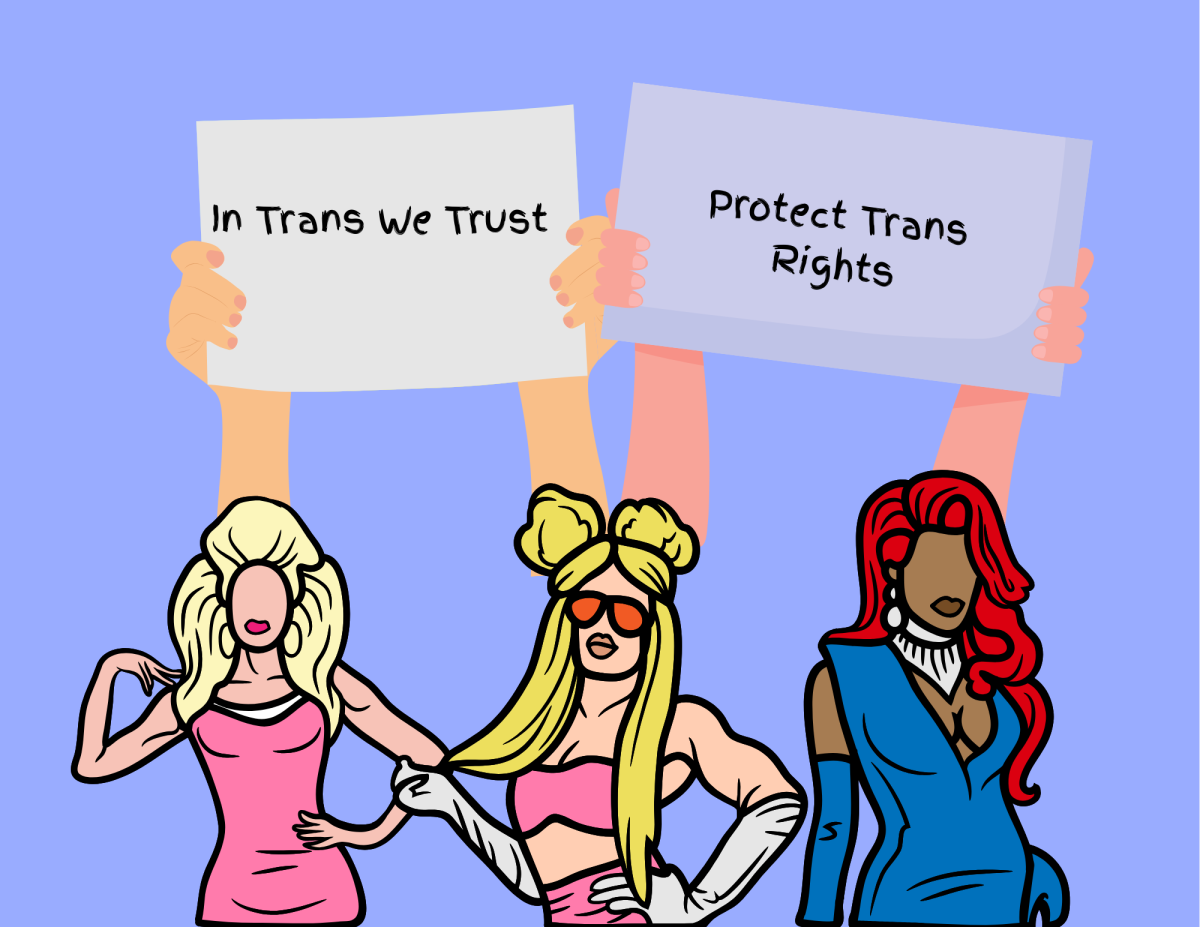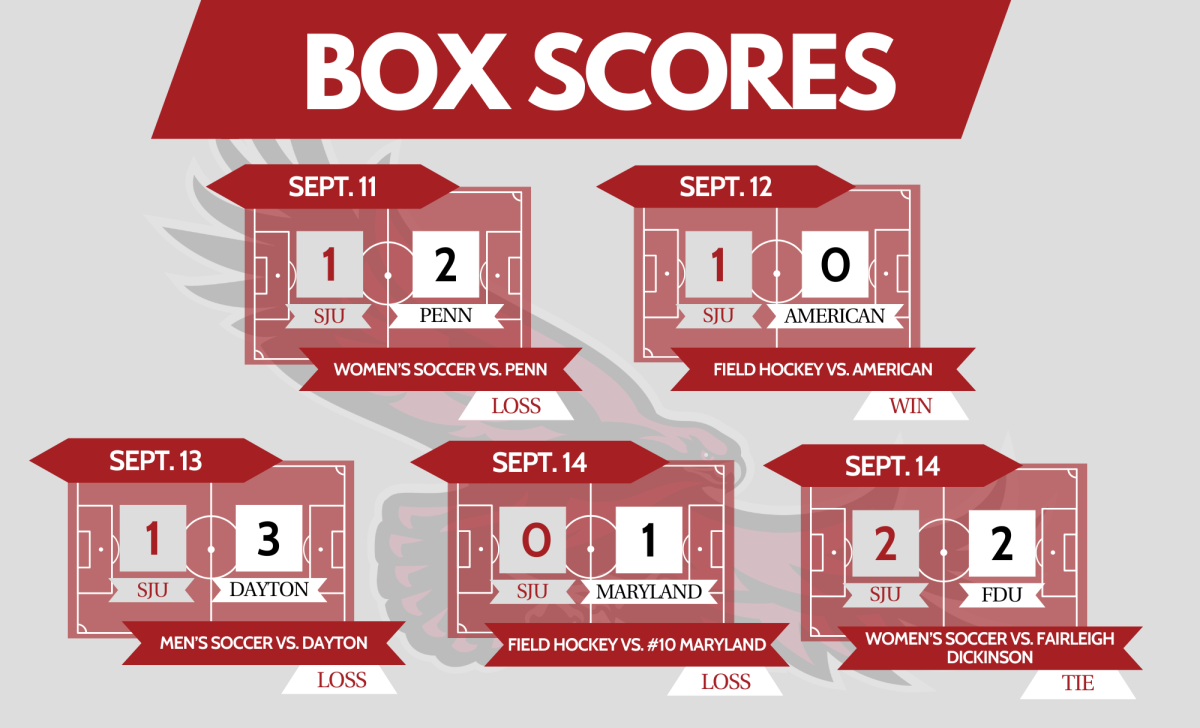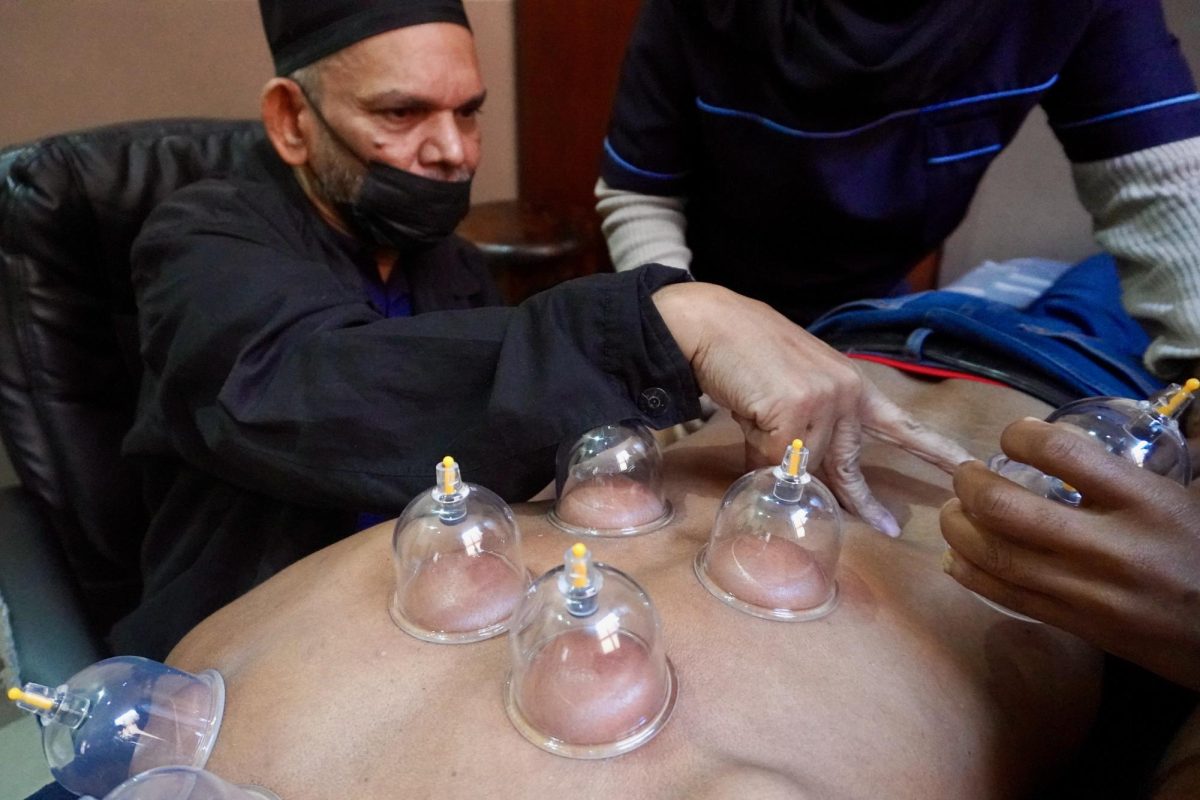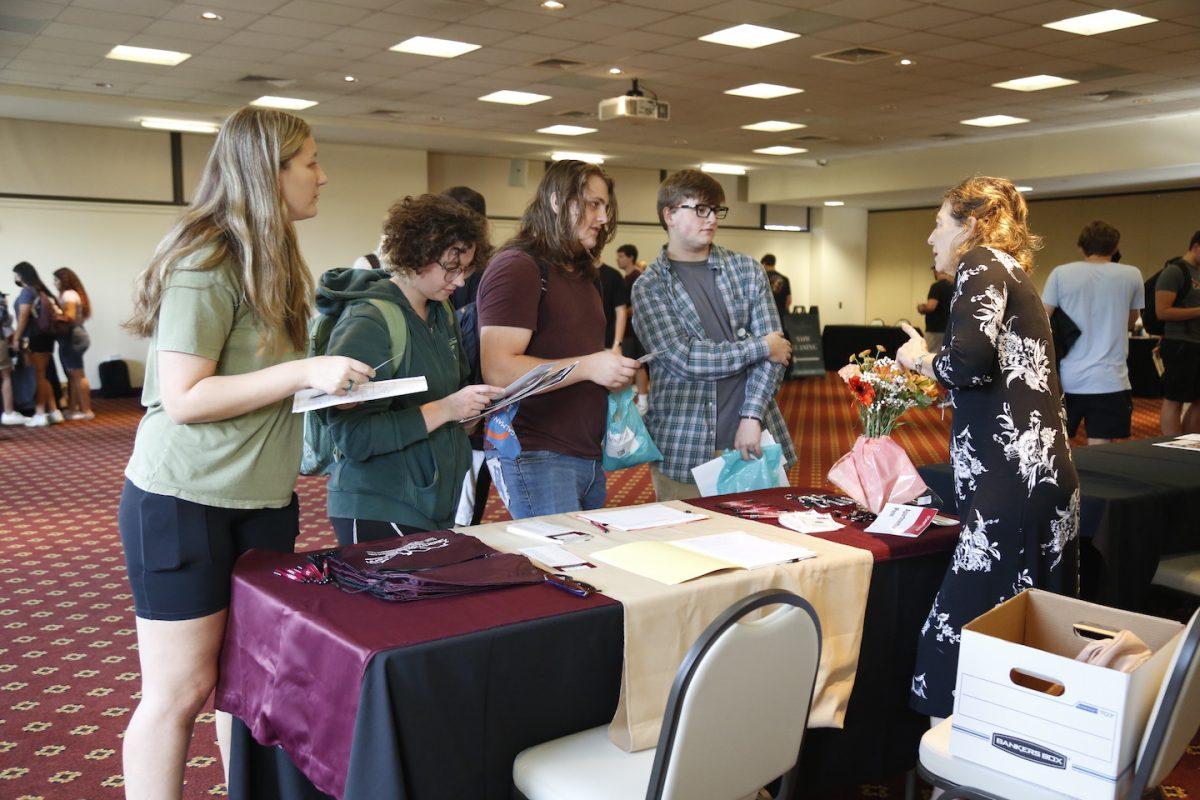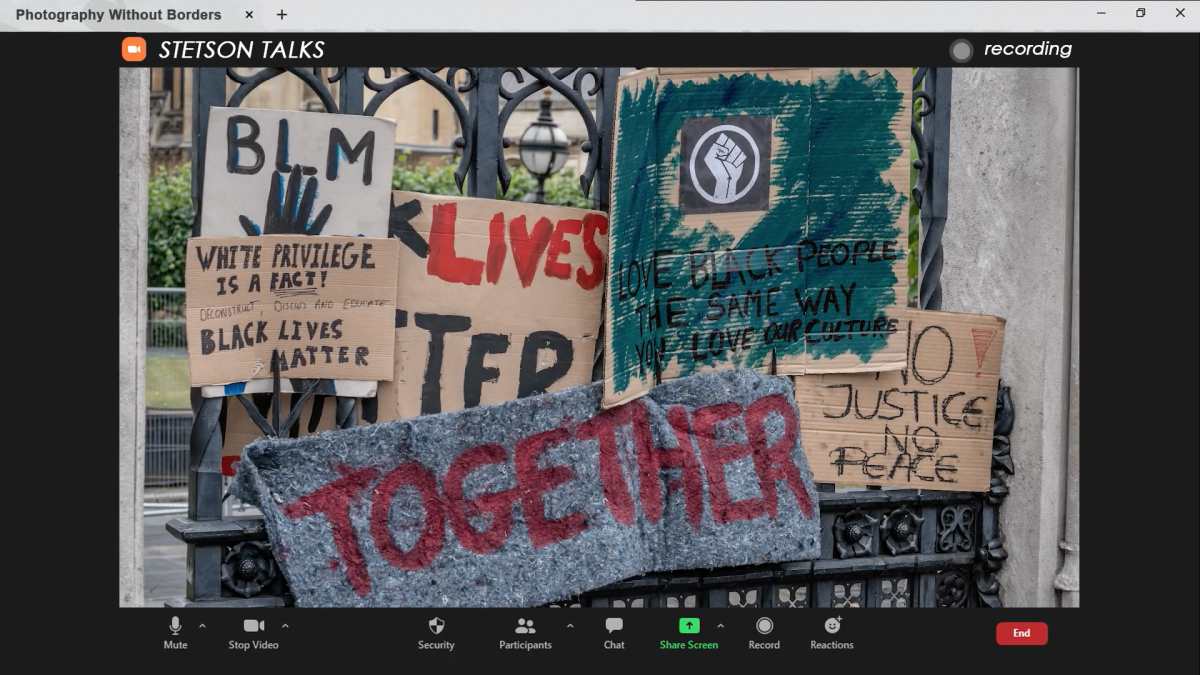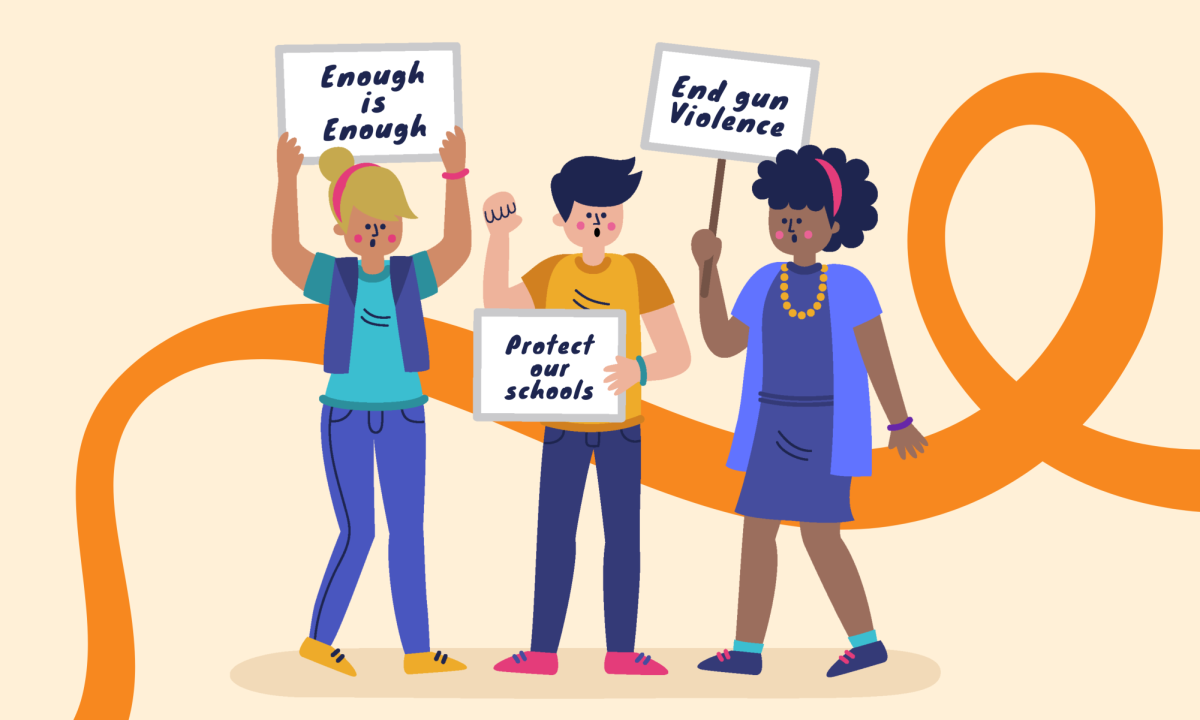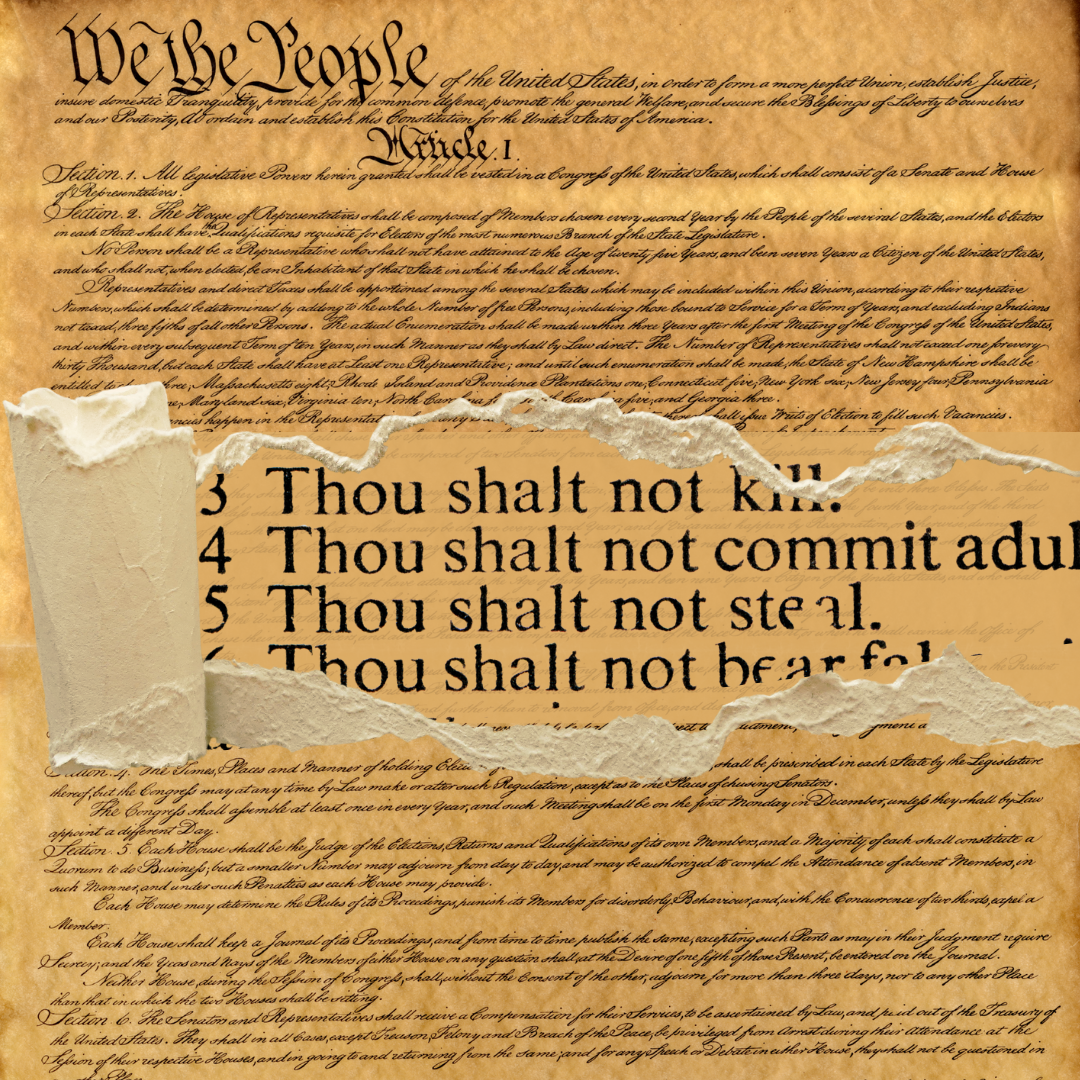The Second Amendment of the Constitution confers the right “to keep and bear Arms” to the people of the United States; however, the civil liberties granted by the Bill of Rights are not, and should not be, without their limitations. As famously declared in the Supreme Court case Schenck v. United States, you cannot yell “fire” in a crowded theater, despite the First Amendment granting the right to freedom of speech. While the rights of individuals are vital to our democracy, society as a whole has a collective right to safety that shouldn’t be superseded by these rights.
However, when it comes to the Second Amendment, this collective right is not prioritized enough, and President Donald Trump’s administration seems poised to continue this trend. Within his first days in office, Trump disbanded the White House Office of Gun Violence Prevention, and its website was taken down. The office, established by the Biden administration in 2023, was tasked with coordinating efforts by federal agencies in response to mass shootings and ensuring gun laws are properly enforced. Subsequently, Trump, through his executive order “Protecting Second Amendment Rights,” stated that the office should be reviewed to “assess any ongoing infringements of the Second Amendment rights of our citizens.”
For students, gun violence, especially mass shootings, is a significant concern. Since the Columbine High School shooting in 1999, school shootings have been ingrained in the American consciousness, and the situation has only worsened over the years. The year has barely begun, and the United States has already experienced four school shootings in 2025. As this crisis continues, our federal government should be supporting efforts to combat mass shootings, not shutting them down.
While local organizations and our state’s own office — Pennsylvania’s Office of Gun Violence Prevention — will continue to operate and work on reducing deaths by gun violence, these efforts are not enough. All levels of government should be working to combat this national crisis, especially at the federal level. Unfortunately, at least for the next four years, this seems unlikely to be the case.

